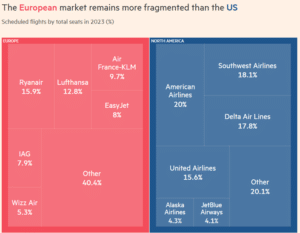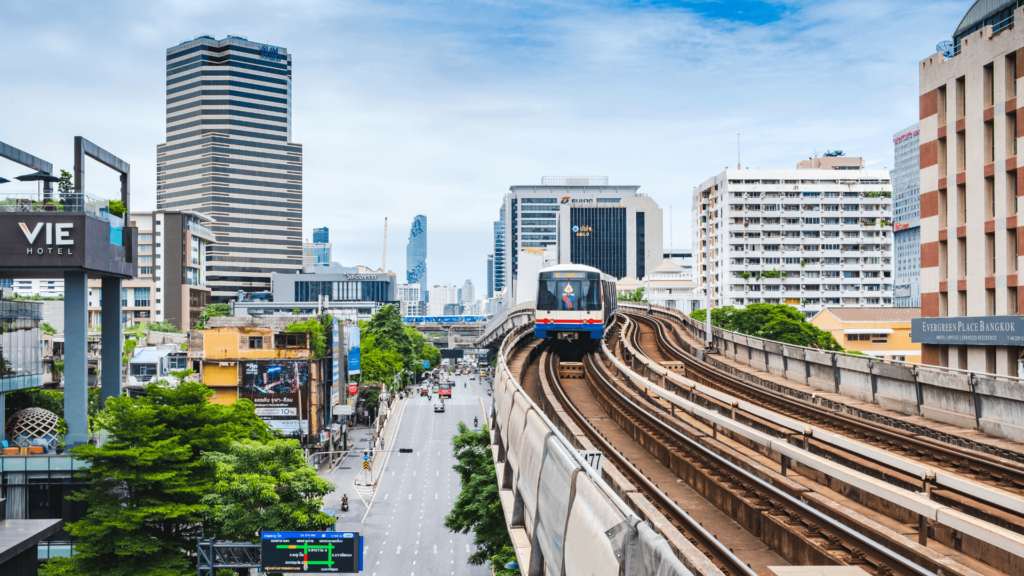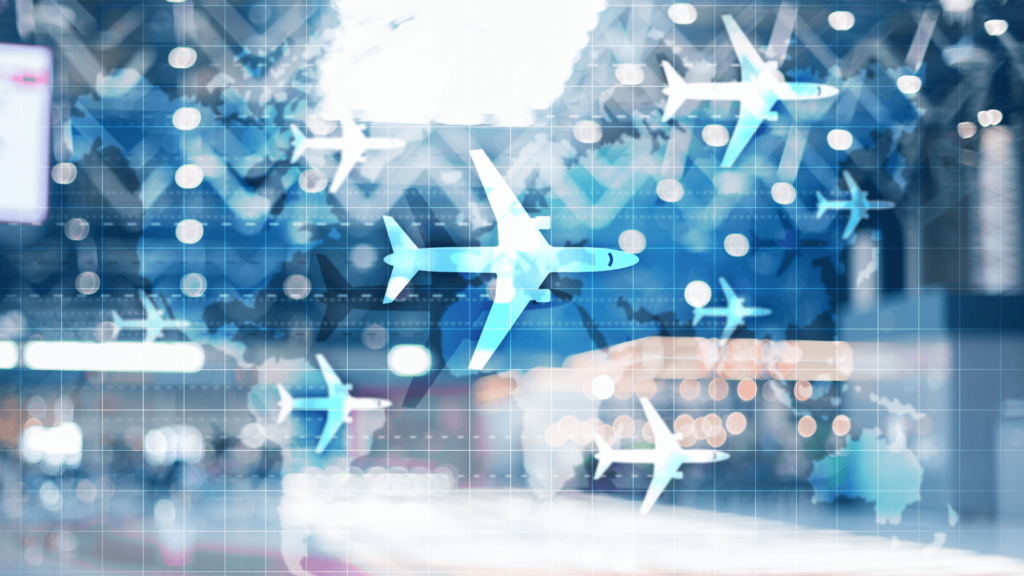How can we deliver multimodal travel that maximises the benefits for passengers?
This article by Sebastian Loerke, Policy Manager at Airlines for Europe (A4E), originally appeared in the European Transport Regulation Observer 'Single Digital Booking and Ticketing'
The 15th Florence Intermodal Forum brought together a diverse set of perspectives from a wide variety of sectors. The topic was how digital solutions can unlock journeys that combine multiple different transport modes. The exchanges throughout were insightful for all, outlining how multimodal transport currently works and how EU regulation can help bring more of these offers to market. Underlying these discussions was the need to ensure there are consistent passenger rights regardless of which type of transport is used while maintaining the commercial freedom of operators, e.g. their right to decide which organisations they may or may not partner with.
The following elements must be kept in mind as guiding principles if we are to enable a multimodal offering which truly delivers for European passengers:
- A relationship between operators is essential to protect travellers
Although currently limited, there are a growing number of integrated multimodal offers on the market by transport operators across Europe. Examples include Air France/SNCF and Lufthansa/Deutsche Bahn etc. Such offers are being developed at the expense of operators who invest heavily to integrate their tools and ensure that both parties can assist, rebook and reimburse/compensate passengers in the event of travel disruption. While this is still a nascent field, these investments and partnerships ensure robust protection for passengers. This stands in contrast to a third-party offer that simply combines two separate transport offers without the consent or knowledge of the operators, which simply will not be able to replicate this level of protection.
Digital solutions can enhance multimodal transport by integrating various transport modes while ensuring consistent passenger rights. As multimodal offers grow, partnerships between operators are vital for protecting travellers. However, third-party combinations may lack essential passenger protections. Regulatory efforts should focus on addressing market failures. Barriers like the differences in ticketing and the underdevelopment of multimodal hubs hinder seamless air and rail integration for European travellers. By prioritising passenger protection, addressing market barriers, and fostering collaborative offers between operators and intermediaries, the EU can foster true multimodality in Europe.
- Regulation should address market failures, not well-functioning and competitive sectors
The barriers to pan-European integrated multimodal transport, such as the differences between air and rail tools and the lack of integration between them, are clear. Primarily, these barriers stem from the need of each air carrier to invest heavily if it wants to integrate directly with rail companies (as Lufthansa Group and Deutsche Ban have done, for example). There is no off-the-shelf solution. There is also the issue of different distribution methods. For example, train availability is open 4 months before departure, whereas in air travel availability can be open up to a year in advance. In addition, there are still too few multimodal hubs in Europe. Cross-border rail also remains critically underdeveloped. Without these critical elements, European travellers will struggle to seamlessly combine air and rail transport services at scale, regardless of the ticketing regulations envisaged.
When it comes to the ticketing solutions being discussed by the European Commission, they have the potential to improve the ability of European consumers to compare offers that are available today. However, the key focus must be on sectors in which there is clear market failure. For aviation, this is not the case, and this has been repeatedly recognised by the European Commission. Air travel in Europe is competitive and consumers are able to compare and book airline services through various channels, from airline websites to B2C intermediaries and meta-search engines (e.g. Skyscanner).

Source: Financial Times, October 2023
Airline data are readily available and comparable, which allows platforms such as Rome2Rio to offer users an overview of the different transport modes available to complete a given journey. For air travel this includes the ability to compare offers from competing airlines. It is the sectors where this is not the case which should be the focus of European regulation.
- The CRS Code of Conduct (CoC) must be updated to reflect technological changes and ensure transparency by intermediaries
The CoC has delivered some benefits and has somewhat reduced the ability of GDSs to engage in abusive practices. However, the CoC comes dates back to the time when GDSs were the main platforms. Now we see other actors such as Online Travel Agents (OTAs) playing an increasing role while the original principle of regulation remains. A potential revision should aim to update clauses to take account of technological developments and strengthen enforcement mechanisms, particularly for these newer market players. There is a trend amongst them to promote certain operators or products based on their own business interests. The objective of the CoC must be to grant consumers maximum transparency and information. The CoC must ensure that players in the market must be neutral and open, especially if they are to play a meaningful role in enabling multimodality in Europe.
By ensuring robust passenger protection, addressing market barriers and encouraging offers to be brought to market through voluntary agreements between operators and intermediary partners, the EU can make true multimodality in Europe a reality.
Read the full Policy Brief ‘Single digital booking and ticketing, and multimodal digital mobility services’ for more information.




